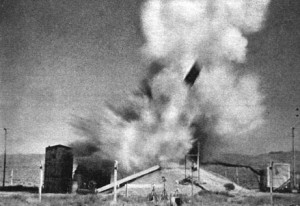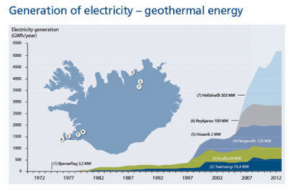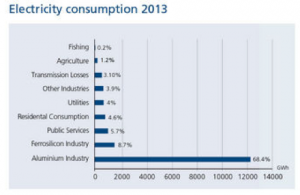Rebuilding and Learning from Hurricane Sandy
The Hurricane Sandy Rebuilding Task Force’s Rebuilding Strategy lays out a series of recommendations that will help the Sandy-impacted region rebuild in a way that will prepare them for these impacts – and that will serve as models for communities across the country.$5.7 billion to four of the area’s most impacted transit agencies
$100 million competitive grant program to foster partnerships and promote resilient natural systems
$250 million to support projects for coastal restoration and resilience across the region.
$20 million study to identify strategies to reduce the vulnerability of Sandy-affected coastal communities to future large-scale flood and storm events.
Reducing Methane Emissions
Methane is the second most prevalent greenhouse gas emitted in the United States from human activities. In 2013, methane accounted for about 10% of all U.S. greenhouse gas emissions from human activities. Methane is emitted by natural sources such as wetlands, as well as human activities such as leakage from natural gas systems and the raising of livestock.
Agriculture: Domestic livestock produce large amounts of methane as part of their normal digestive process. Also, when animals’ manure is stored or managed in lagoons or holding tanks, methane is produced. Because humans raise these animals for food, the emissions are considered human-related. Globally, the Agriculture sector is the primary source of methane emissions.
Industry: Natural gas and petroleum systems are the largest source of methane emissions from industry in the United States. Methane is the primary component of natural gas. Some methane is emitted to the atmosphere during the production, processing, storage, transmission, and distribution of natural gas. Because gas is often found alongside petroleum, the production, refinement, transportation, and storage of crude oil is also a source of methane emissions. There are two ways to reduce Methane Emissions:
-
Developing an Interagency Methane Strategy:
The Environmental Protection Agency and the Departments of Agriculture, Energy, Interior, Labor, and Transportation will focus on assessing current emissions data, addressing data gaps, identifying technologies and best practices for reducing emissions, and identifying existing authorities and incentive-based opportunities to reduce methane emissions.
-
Pursuing a Collaborative Approach to Reducing Emissions:
There are a few sectors in which methane emissions can be reduced, such as coal mines, landfills, agriculture, oil and gas development.
For example, in the agricultural sector, Methane can be reduced and captured by altering manure management strategies at livestock operations or animal feeding practices.
In case of industry upgrading the equipment used to produce, store, and transport oil and gas can reduce many of the leaks that contribute to methane emissions. Methane from coal mines can also be captured and used for energy
Promoting American Leadership in Renewable Energy
President Obama more than doubled generation of electricity from wind, solar, and geothermal sources, later he set the goal to double it again.
Accelerating Clean Energy Permitting:
In 2012 the President set a goal to issue permits for 10 gigawatts of renewables on public lands by the end of the year. The Department of the Interior achieved this goal ahead of schedule and the President has directed it to permit an additional 10 gigawatts by 2020. Since 2009, the Department of Interior has approved 25 utility-scale solar facilities, nine wind farms, and 11 geothermal plants, which will provide enough electricity to power 4.4 million homes and support an estimated 17,000 jobs.
Expanding and Modernizing the Electric Grid:
Upgrading the country’s electric grid to make electricity more reliable, save consumers money on their energy bills, and promote clean energy sources. To make it so President Obama signed a Presidential Memorandum that permits and reviews process for transmission projects.













